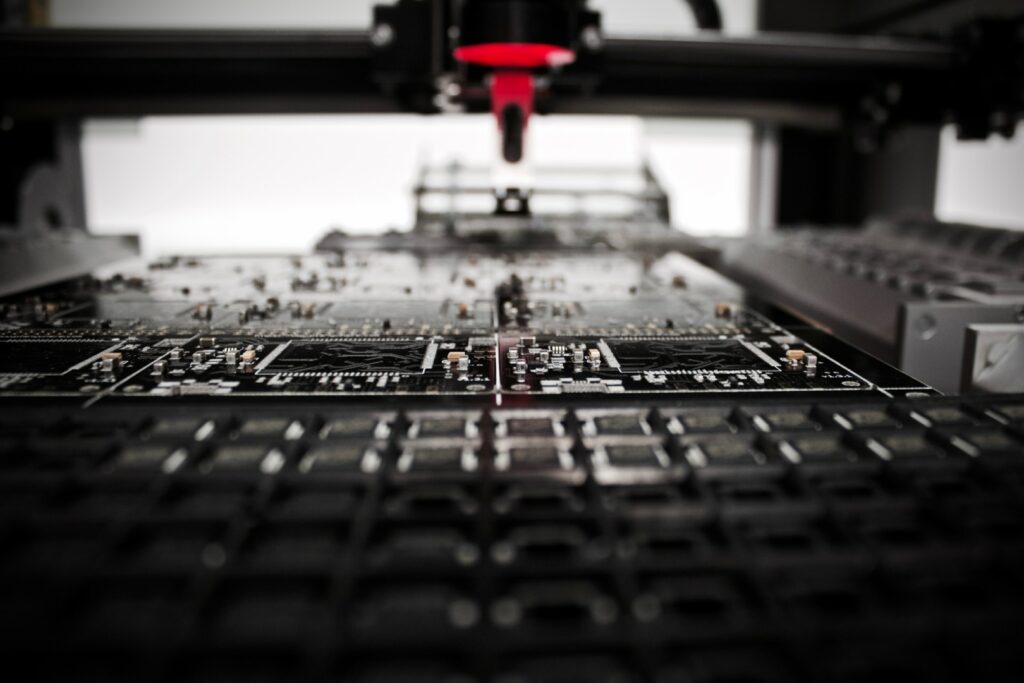Maintenance costs form a major part of the total operating costs of all manufacturing and production plants. Depending on the specific industry, maintenance costs can be anywhere between 15 and 60% of the cost of goods produced. For example, in food-related industries, the average maintenance costs are approximately 15% of the production cost but for other heavy industries, the production cost can be up to 60% of the total production costs. In this post we discuss the following topics:
- What is predictive maintenance
- How does predictive maintenance work?
- What are the advantages of predictive maintenance
- Measuring success with quality data
Given these numbers, there has been an increased focus on reducing operational costs and asset downtime. One of the ways in which to achieve this is by using predictive maintenance. And, with Market Research Future predicting that the global predictive maintenance market is expected to grow to approximately $6.5 billion by 2022, it’s time to join the conversation on predictive maintenance and the benefits it boasts.
1. What is predictive maintenance?
Predictive maintenance is a proactive maintenance strategy driven by predictive analytics technology. Its goal is to attempt to predict when a piece of equipment or machinery might fail in order for maintenance work to be performed before the failure occurs. The predictions are based on the condition of the equipment or machinery which, in turn, is based on the data gathered with monitoring sensors and techniques. Ultimately, predictive maintenance aims to improve the reliability of assets, reduce breakdowns and downtime and reduce operational costs by optimising maintenance work. Although preventive maintenance has the same goals, predictive maintenance performs everything more efficiently.
2. How does predictive maintenance work?
Predictive maintenance is contingent on condition-monitoring equipment that measures the performance of assets in real-time. It combines condition-based diagnostics with predictive formulas and the internet of things to create an accurate tool with which to collect and analyse equipment or machine data. By analysing the data, any areas requiring attention can be identified timeously.
3. What are the advantages of predictive maintenance
Keith Mobley, in his book The Plant Engineer’s Handbook, notes the following benefits (at the hand of a specific example) when implementing predictive maintenance: maintenance costs were down with 50%; unexpected failures with 55%; repair and overhaul time was reduced by 60% and spare parts inventory by 30%; machinery mean time between failures increased by 30%, and uptime was up with 30%. Even if you can achieve only a fraction of these numbers, the financial impact of an effective predictive maintenance strategy can easily reach millions of Rands. For a typical manufacturing plant, only a 10% reduction in maintenance costs can result in the same bottom line as a 40% increase in sales.
The advantages of predictive maintenance include reduced maintenance cost, improved production capability, and improved product quality. With a proper predictive maintenance programme, you will be able to delay or replace a substantial chunk of your preventative maintenance tasks. In addition, repairs will be limited only to what is broken and such repairs can be scheduled. This further reduces overtime, spare parts inventory while improving mechanics’ skills that can now be used for other activities.
In terms of improved production capability equipment downtime is reduced through scheduled as opposed to unscheduled equipment repairs. Capital expenditure can further be eliminated by producing more from existing equipment and inventory can be reduced because equipment becomes more reliable. Further, the data generated can be utilised to conduct a root cause analysis that sustains continuous improvement.
Finally, the quality of the products improves since there are less equipment starts and equipment is running properly.
4. Measuring success with quality data
There is a saying, “Garbage in, garbage out”. Hence a crucial factor to consider is this: For predictive maintenance to be effective, you need refined, quality data. When data is ‘dirty’ or fragmented you will not only have to spend a significant amount of time to turn it into useful information, but you will not be able to ‘prove’ the desired operational impact for which your predictive maintenance strategy was established. Our next post will delve into the reasons why quality IoT data is critical for achieving predictive maintenance.
Talk to us about developing a fit-for-purpose predictive maintenance platform using AI trained on your operational data.
If you have enjoyed reading this post, you may also be interested in:
The Industrial Internet of Things revolution is here, and data is the new currency for optimisation
Internet of Things: Moving Beyond Platforms and Dashboards to Increased Business Productivity





